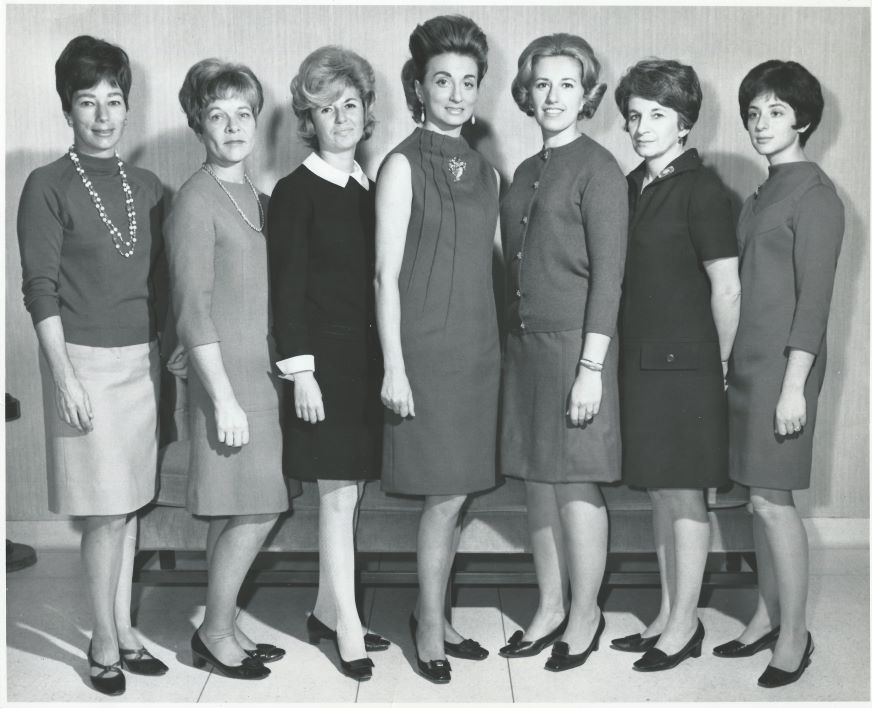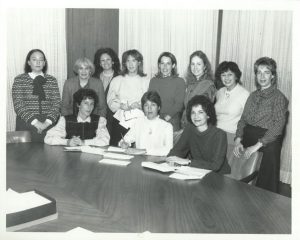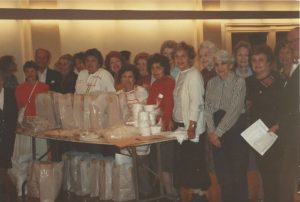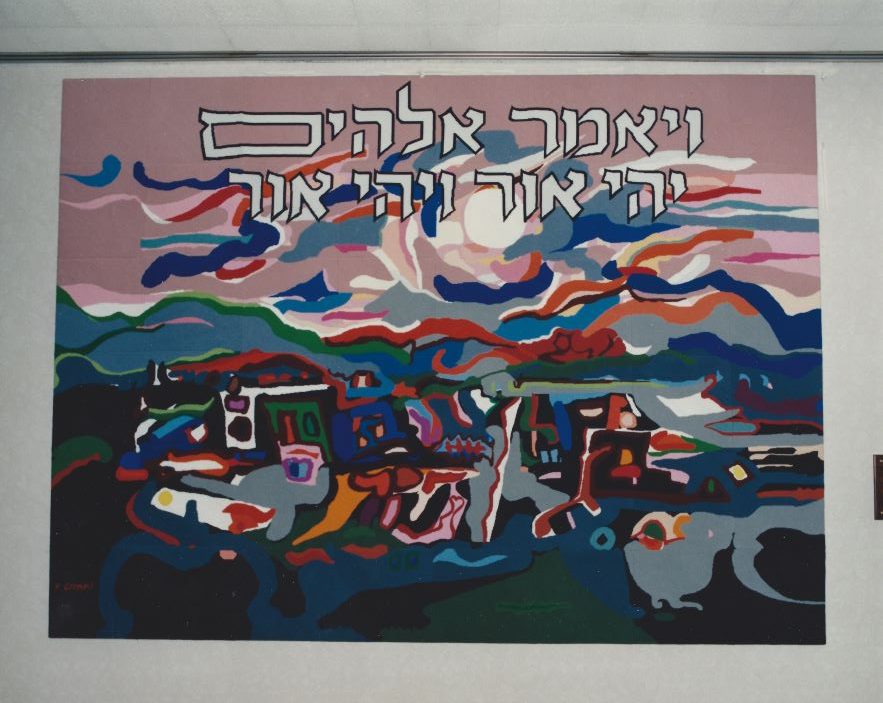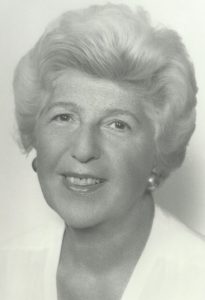Part 9: The Expanding Role of Women in the Synagogue, 1960s-1980s
Synagogue Sisterhoods were, and remain to this day, a fixture in North American synagogues, typically formed to raise funds and to organize educational and social activities for women. Towards the end of the 1950s, the Shaar’s Women’s Auxiliary—which had long been one of the synagogue’s most active and involved groups—decided to become a Sisterhood, aligning themselves with this greater movement.
By 1959, the Shaar’s Sisterhood had reached 1000 members. As the Congregation moved into the 1960s and beyond, the Sisterhood took on an increasingly prominent role, enhancing synagogue life at every turn. They organized theatrical productions, bridge tournaments, fundraisers, and fashion shows; held luncheons for donors, new members, and new brides; and organized special religious programming, including the first Sisterhood Shabbat on January 18, 1964, initiated by Fanny Aronoff. This remains an annual event to this day.
In the early 1970s, under the presidency of Naomi Kassie, the Sisterhood founded one of its longest-standing programs: Meals-on-Wheels. Its aim was to provide kosher meals to vulnerable members of the Jewish community on a biweekly basis.
Another major accomplishment of the Sisterhood was that of the two tapestries, designed by Canadian-Jewish artist Yehouda Chaki (1938-2023) and sewn by members of the Sisterhood.
The first Chaki-designed tapestry (In the Beginning) was unveiled by the Sisterhood in 1982 for its 60th anniversary, and took two-and-a-half years to complete. The Sisterhood sponsored a vernissage of the tapestry as part of the Westmount Arts Festival, and it was unveiled at a reception preceding that year’s seliḥot services.
In 1992, for the Congregation’s 145th anniversary, the Sisterhood unveiled its second needlepoint tapestry (Let There Be Light). This was another great undertaking by members of the Sisterhood, who each completed squares of the tapestry. The committee for this project was chaired by Mildred (Milly) B. Lande, C.M., and Carol Koffler.
Opportunities for female leadership in the synagogue continued to grow as the years went on, both within and beyond the Sisterhood. In 1984, Milly Lande was elected synagogue president, becoming the first woman to fill this role.
Listen to past-presidents of the Sisterhood reflect on the role and significance of the Sisterhood at the Shaar


